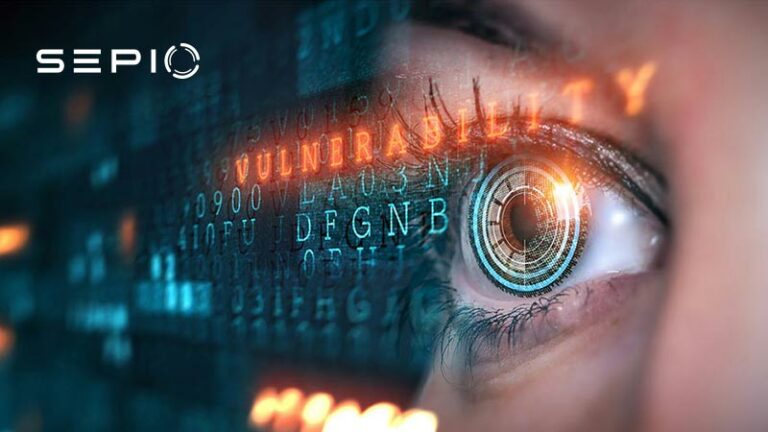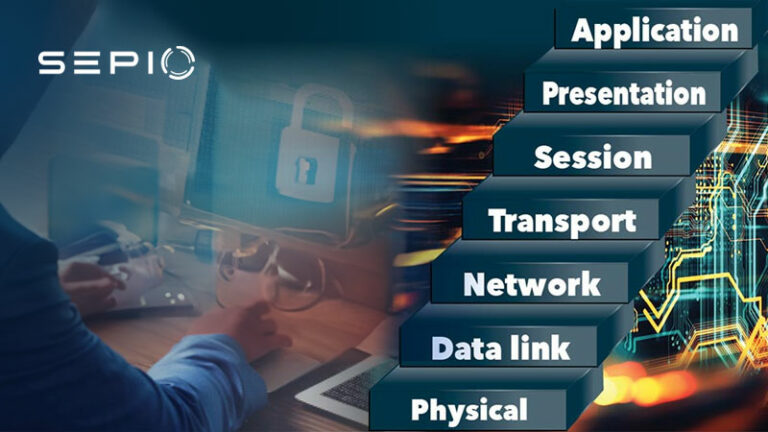CMDB vs Asset Management Overview
CMDB vs Asset Management is a critical topic for organizations striving to improve cybersecurity, IT operations, and asset visibility. Cybersecurity is a broad domain, and achieving good cyber hygiene requires a holistic approach comprised of various tools, processes, and policies. A foundation for these efforts is comprehensive IT asset visibility, you cannot protect and manage what you don’t know exists. IT Asset Management (ITAM) and the Configuration Management Database (CMDB) are two essential platforms that help enterprises manage their IT infrastructure. However, a significant difference is that IT Asset Management (ITAM) serves business and financial purposes, while the Configuration Management Database (CMDB) is more service-oriented, supporting IT operations and service delivery.
Understanding CMDB vs Asset Management helps enterprises align business objectives with IT service performance. Both systems are critical components of an organization’s broader IT Service Management (ITSM) strategy. By aligning these two systems, enterprises can ensure accurate tracking of assets, efficient change management, and improved service delivery. The integration of CMDB and ITAM enables IT teams to understand not just what assets they own, but how those assets impact business services, compliance, and risk exposure.
IT Asset Management (ITAM) vs. Configuration Management Database (CMDB): Key Differences
| IT Asset Management (ITAM) | Configuration Management Database (CMDB) |
| An ITAM platform generates an IT asset inventory for the enterprise. | A CMDB is a repository containing all relevant information about a company’s hardware and software IT components (known as configuration items) and the relationships between these components. |
| Through this inventory, ITAM facilitates the oversight, tracking, management, and optimization of IT assets for business and/or financial purposes. | A CMDB allows enterprises to track and, more importantly, understand their IT services from an operational perspective by identifying and verifying each component. |
| Deep insights provided by the ITAM solution enables the enhancement of business operations, contributing to areas such as risk management and cost optimization. In fact, the latter was the key driver behind ITAM investments for 74% of organizations, according to Deloitte (IT Asset Management (ITAM)). | The CMDB information means enterprises benefit from better management of their infrastructure and any associated risks that may disrupt productivity. In short, a CMDB helps ensure continued service performance. A CMDB can also overlap with and support an ITAM database. |
Nevertheless, despite serving distinct purposes, both IT Asset Management (ITAM) and Configuration Management Database (CMDB) platforms depend on accurate asset visibility. Yet, visibility gaps limit the accuracy of their asset inventories, reducing the overall effectiveness of both ITAM and CMDB solutions.
In modern hybrid environments, this challenge becomes even greater. Cloud resources, remote endpoints, IoT, and OT devices add complexity to traditional CMDB and ITAM models. Many organizations struggle to maintain a single source of truth across all these systems. As a result, configuration data becomes outdated quickly, leading to inaccurate reports, compliance issues, and increased security risks. These challenges further highlight the importance of understanding CMDB vs Asset Management in a modern IT environment.
Common Challenges with ITAM and CMDB in Asset Visibility
ITAM and Configuration Management Database platforms rely on various identifiers when generating hardware asset inventories, such as a device’s MAC address, VID, PID, Class ID. However, these parameters can easily get spoofed. The lack of Layer 1 visibility limits ITAM and Configuration Management Database platforms from differentiating between legitimate and spoofed devices. Furthermore, the Layer 1 visibility gap means MAC-less devices go completely undetected. And unaccounted for by ITAM and Configuration Management Database solutions.
The physical layer blind spot results in an inaccurate hardware asset inventory, whether the device has been misidentified or is absent entirely. Either way, the efficacy and value of ITAM and Configuration Management Database are significantly reduced. Without an accurate asset inventory, the platforms cannot meet their purpose. Enterprises are (unknowingly) relying on an unreliable inventory to make business and operational decisions.
A major problem with an inaccurate asset inventory is that vulnerabilities go unaccounted for, significantly limiting risk management efforts due to the warped perception of the enterprise’s risk posture. Even more worrisome is that malicious actors exploit the physical layer blind spot through the use of rogue devices – spoofed peripherals or hidden network implants. And the enterprise cannot mitigate such threats. Instead, these devices operate covertly and can conduct a myriad of harmful attacks. For instance, malware injection, data theft, espionage, Man in the Middle Attack – MITM, and more.
Addressing ITAM and CMDB Gaps with Sepio
To conclude, Sepio’s Asset Risk Management platform provides a solution to visibility gaps by extending protection to the physical layer. No device goes unmanaged. Sepio identifies, detects, and manages all IT/OT/IoT devices, providing complete asset visibility. The platform gathers physical layer data parameters to generate a digital fingerprint for every hardware asset, identifying each device for what it truly is, not just what it claims to be.
Additionally, Sepio assesses the risk posture of every device and instantly detects vulnerabilities. This capability is augmented by the platform’s built-in threat intelligence database, ensuring up-to-date protection and accurate IT asset data quality.
By integrating Sepio into existing CMDB and ITAM infrastructures, organizations gain an additional layer of assurance that their asset inventory is trustworthy. The combination of physical layer insights and logical asset data bridges the visibility gap that traditional systems cannot address. This ensures that every device, managed, unmanaged, or rogue, is accurately identified, classified, and evaluated for risk.
How Sepio Enhances ITAM and CMDB Platforms
Sepio integrates seamlessly with third-party ITAM and CMDB tools to provide enhanced IT asset and configuration management capabilities. The solution’s deep visibility acts as an additional data source to fill critical information gaps, improving data integrity and generating a complete and accurate hardware asset inventory.
Moreover, Sepio leverages asset visibility to prevent hardware-based attacks. The solution automatically detects and mitigates unauthorized or malicious devices, blocking them via integrated third-party security solutions. This proactive approach maximizes the value of IT Asset Management (ITAM) and the Configuration Management Database (CMDB), ensuring stronger cyber resilience and asset risk control.
In essence, Sepio transforms traditional ITAM and CMDB systems into more intelligent and secure platforms. It provides the missing piece—hardware-level context—that allows IT teams to confidently make business, operational, and security decisions based on accurate, real-time asset data.
Enterprises leveraging Sepio benefit from improved compliance reporting, faster incident response, and enhanced Zero Trust device enforcement. The result is a truly holistic view of all assets across IT, OT, and IoT domains, something that traditional CMDB and ITAM systems cannot achieve on their own.
Boost ITAM and CMDB Effectiveness with Sepio
Talk to an expert today. Our team will help you understand how to use Sepio’s patented hardware-based technology to strengthen your IT asset and configuration management, eliminate blind spots, and gain complete control over your asset risks.
Whether your goal is to improve IT asset visibility, enhance CMDB accuracy, or protect your organization against hardware-based threats, Sepio delivers the visibility and control you need to manage every device with confidence.






